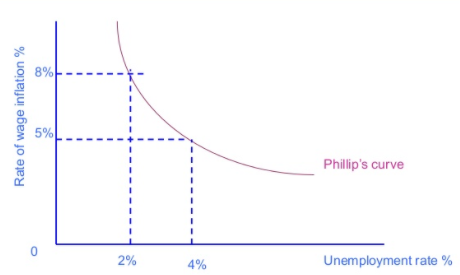Venus favors the bold. ~ Ovid
It seems to me that the fall
election will be the day after tomorrow. The intensity of media’s circus about
all things electoral is being ratcheted way up – with more than Barnum’s three
(3) rings and a mere 46 days remaining before November 3.
A growing bask[1]
of poll results are published daily. Incessant interviews with allegedly undecided
voters pervade the media. Come on, how could any semi-cognizant person 18yrs or
older remain unresolved about voting for either Biden or Trump? The number of
“swing” or “battleground” states –where someone has decided the expected election
results are “too close to call” – have multiplied this time around. Past
elections have categorized three or four states as swingers, not now. Last week
there were 12 to 15 states that have been labelled “swing/battleground” by
various organizations.
Fifteen states, really? Absurdity
lives on both sides of the screen. Either the polls’ always-suspect forecast accuracy
is getting worse, or the cabal of pollsters and media have determined it’s decidedly
inequitable that only a couple of states get so anointed. Each of the 15 swingers
must deserve a participatory blue or red tinted ribbon.
According to one analyst,
Pennsylvania will likely decide the presidential election among the swingers. Sorry
Wisconsin, Minnesota, Ohio and Florida. Your time in the election spotlight’s
glare has apparently dimmed. So, if the Keystone State is indeed the key
state, should I move back there – I grew up in suburban Philadelphia – and vote
to help Joe win? Is my additional vote worth more there than in the People’s
Republic of Berkeley, where I’ve resided for decades?
To see if I can still actually legally
cast a vote in Pennsylvania I visited the comprehensive www.vote2020-womentowomen.com/
website that Patrice and her friend Linda Saulsby recently launched. I learned
I need to relocate in PA no later than October 2 and register by October 19. It
would be a rather quick hop, skip and a long jump back to Liberty Bell-land. Recent
polls of likely voters in PA show Biden leading #45 by 3% to 7%, indicating
that more Biden voters will help.
Each and every vote counts of course,
and in the last presidential election Sec. Clinton beat The Donald by a
significant 30.0% margin in my home state, California. In Alameda County, where
Berkeley dwells, her victory margin was an incredible 63.6%. She received 5.4
votes for every vote Trump got. These results illuminate California’s and my
home county’s status as deeply midnight blue territory. The most recent polls of likely voters in CA show
Biden leading from 29% to 30%.
On the other hand, #45 won Pennsylvania
in 2016 by a miniscule but vital 0.7% margin even though the state has been Democratically-aligned
for a long time. The Dems’ presidential candidates have won PA in 10 of the 17
elections since 1952. Before 2016, the Dems triumphed the last six straight
presidential elections. But now politicos believe PA is getting redder. As Democrat
cognoscente James Carville stated, “Between Pittsburgh and Philadelphia,
Pennsylvania is just Alabama.”
I cast my first presidential vote
in November 1968 for Hubert Humphrey when I lived in Montgomery County, one of Philadelphia’s
four “collar counties” that surround it. In 2016, Montgomery County gave Sec. Clinton
a 21.3% winning margin.
In order for Biden to win PA this
time around, these four collar counties (and Pittsburgh’s Dem majority) must
surmount #45’s strength throughout the far less urban rest of the state. That,
unfortunately, did not happen in 2016. It most assuredly needs to happen this
November 3.
In his disastrous town hall
meeting held in Philadelphia this week, #45 talked about “herd mentality” – yet
another of his ever-lengthening list of spoken misnomers – when he likely meant
herd immunity. Actually, from this I believe he and his deceitful campaign has
been exposed for using heard mentality to inure his base from the real
world and instead accept his fearfully-spoken dark fantasies.
I haven’t booked a flight to PHL
yet. I’m hoping Joe and Kamala will continue bolstering their fearlessly bold
and clear advantages to the voting public. They should keep emphasizing their positivism,
humanity, knowledge, credibility, common sense and perhaps most importantly, empathy
for every US resident.
I also haven’t scheduled a journey
to our closest planetary neighbor, Venus. I found the report that astrobiologists
may have discovered phosphine (PH3) in Venus’ atmosphere emotionally-positive news.
On Earth, phosphine can be produced either by microbes or chemists (including
as a lethal by-product of hazardously-operated meth labs).
That’s right, possibly some beyond-strange
microbial lifeform could be floating next-door in the Venetian atmosphere. Wow;
welcome to the planetary neighborhood. Unfortunately there’s no beaches to
travel to (it’s a toasty 900°F on the surface), but what an escape from the onslaught
of a covid-flu twindemic, wildfires, the on-going viral recession and vicious
politics.
To Venus and beyond…
[1] A bask is the collective noun that describes a group of crocodiles, a treacherous reptilian carnivore.
